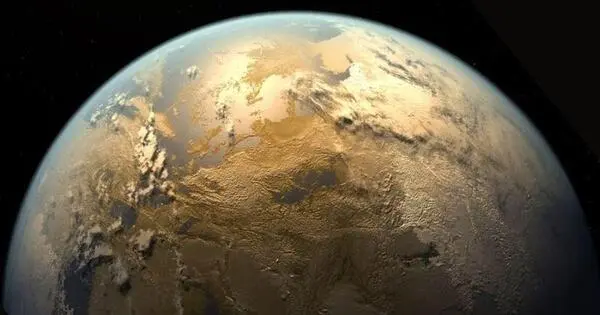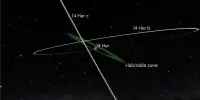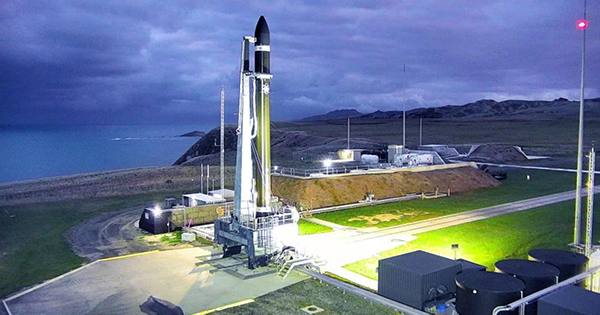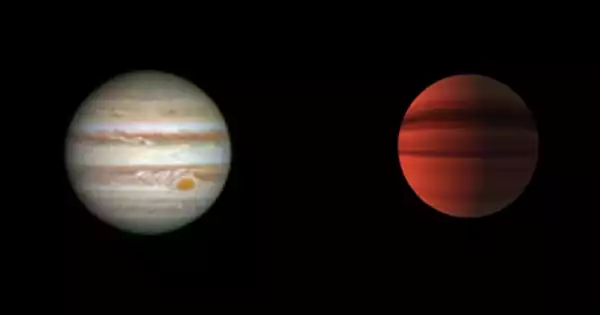While an Earth-like ecosystem would undoubtedly be ideal for deep-space living, it is not required. As evidenced by our ability to colonize different regions of our own planet, humans are adaptable and can live in a variety of environments. Creating a sustainable and habitable environment for humans in space, on the other hand, is a complex and difficult task.
Can humans live in deep space for an extended period of time? According to a new theory describing the complexities of maintaining gravity and oxygen, obtaining water, developing agriculture, and dealing with waste far from Earth, the answer is a lukewarm maybe.
The Pancosmorio theory (a term coined to mean “all world limit”) was described in a paper published in Frontiers in Astronomy and Space Sciences.
“For humans to sustain themselves and all of their technology, infrastructure, and society in space, they need a self-restoring, Earth-like, natural ecosystem to back them up,” said co-author Morgan Irons, a doctoral student working with Johannes Lehmann, professor in Cornell University’s School of Integrative Plant Science. Her research focuses on the persistence of soil organic carbon under Earth’s gravity and varying gravity conditions. “Without these kinds of systems, the mission fails.”
Our bodies, our natural ecosystems, all the energy movement and the way we utilize energy is all fundamentally based upon 1G of gravity being present. There is just no other place in space where there is 1G of gravity; that just doesn’t exist anywhere else in our solar system. That’s one of the first problems we must solve.
Morgan Irons
The first key is gravity, which Earth life requires to function properly, according to co-author Lee Irons, Morgan Irons’ father and executive director of the Norfolk Institute, a group dedicated to solving human resilience problems on Earth and in space.
“Gravity induces a gradient in fluid pressure within the body of the living thing, to which the autonomic functions of the life form are attuned,” he explained. “An example of gravity imbalance would be the negative effect on human vision in Earth orbit, where they do not experience the weight required to induce the pressure gradient.”
Morgan Irons said that it would be unwise to spend billions of dollars to set up a space settlement only to see it fail, because even with all other systems in place, you need gravity.
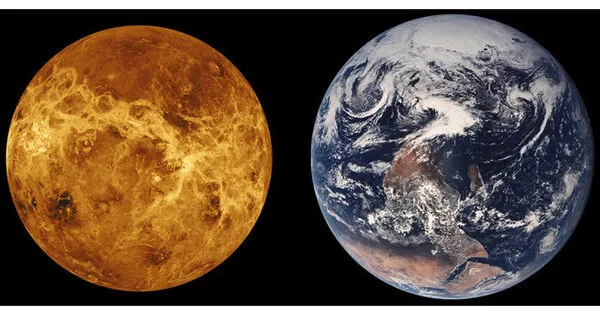
Humans and all Earth life have evolved within the context of 1G of gravity. “Our bodies, our natural ecosystems, all the energy movement and the way we utilize energy is all fundamentally based upon 1G of gravity being present,” she said. “There is just no other place in space where there is 1G of gravity; that just doesn’t exist anywhere else in our solar system. That’s one of the first problems we must solve.”
Another important factor is oxygen. The Earth’s ecosystem produces oxygen for humans and other living things. If a technologically advanced primary and backup system failed to provide oxygen for the moon base, for example, the astronauts would perish instantly. “A reserve exists everywhere in nature,” said Lee Irons. “Consider the hundreds of thousands of plant species that produce oxygen. That is the type of system reserve that we need to replicate in order to be truly sustainable.”
An outpost’s ecological system would require massive amounts of solar energy. The more distant planets and moons from the sun in our own solar system receive less energy.
“You’ll need a lot of energy,” Lee Irons predicted. “Otherwise, powering an outpost’s ecological system will be like trying to run your car on a cell phone battery, or, even worse, trying to run your entire house and household on a cell phone battery.”
